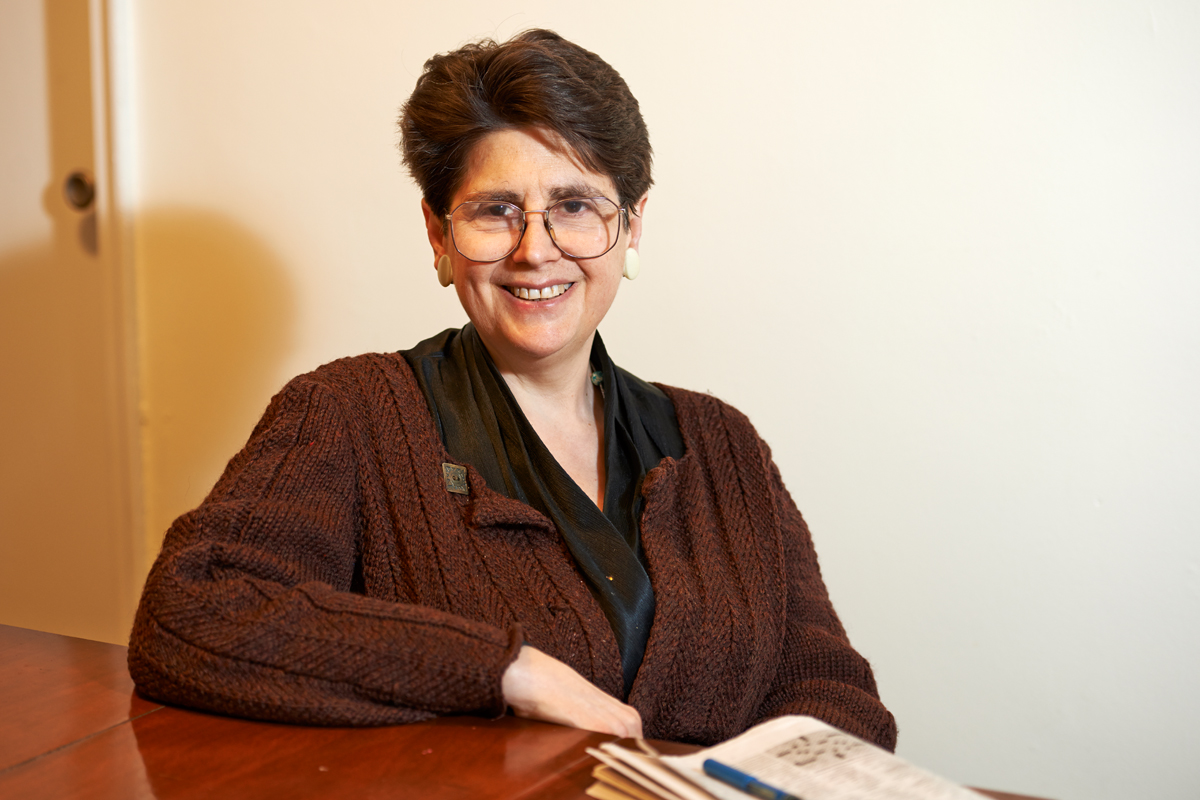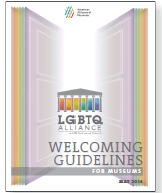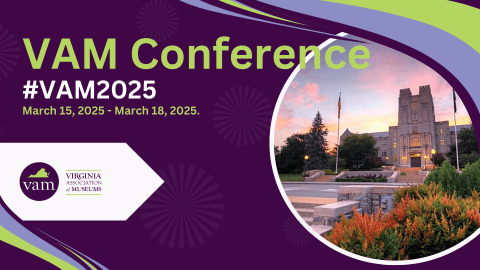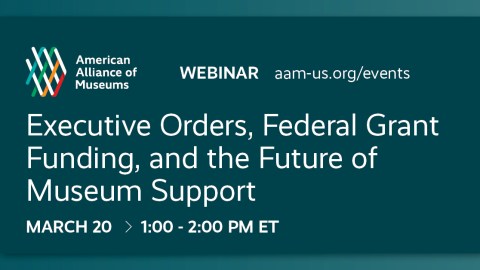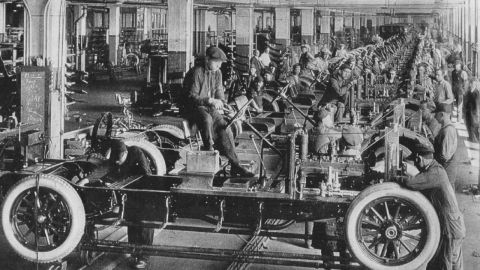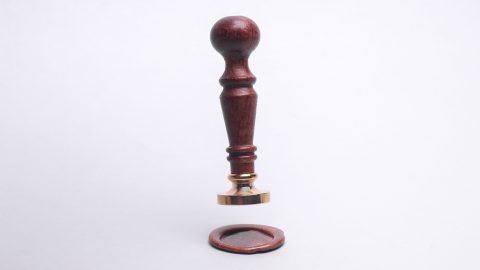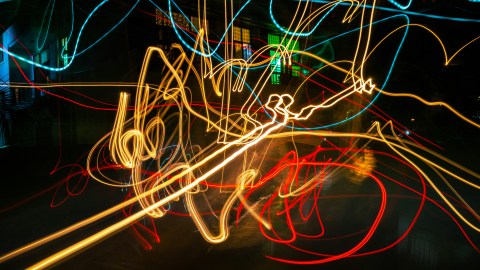
Aligning and applying the LGBTQ welcoming guidelines in your internal and external museum operations.
This article originally appeared in the July/August 2017 issue of Museum magazine.
There is not a museum, zoo, aquarium, historic site, or other cultural institution that does not have LGBTQ visitors and/or staff. However, many LGBTQ-identified staff members indicate that they have faced resistance, apathy, or misunderstanding of their perspectives as museum professionals, visitors, and community members.
To help museums create a more inclusive atmosphere, a task force of the AAM LGBTQ Alliance Professional Network published “LGBTQ Welcoming Guidelines for Museums” in May 2016. The document (updated in 2019) outlines the preferred practices for museums to use when working with LGBTQ professionals, audiences, and communities. The guidelines reflect our belief that museums are community anchors where visitors and staff should safely encounter and find meaning in various cultures, objects, people, and ideas. Sexual orientation and gender identity are threads in the vibrant tapestry of any community. Museums benefit from interweaving or even highlighting those threads, among many others, in our work.
Beyond Tolerance
The task force sought to create a resource detailing action steps that empower any museum—and any staff member—to move beyond tolerance and toward inclusion. Three essential questions guided our work: 1. What does it mean for a museum to be welcoming and inclusive to LGBTQ communities across all its activities (e.g., hiring, exhibitions and collections, education, and community relations)? 2. What strategies can help an institution become more welcoming and inclusive in its activities? 3. How can a museum measure progress in these efforts?
The task force decided the guidelines need to serve as a reference guide and a self-assessment instrument, enabling staff, boards, and consultants to measure LGBTQ inclusion at museums.
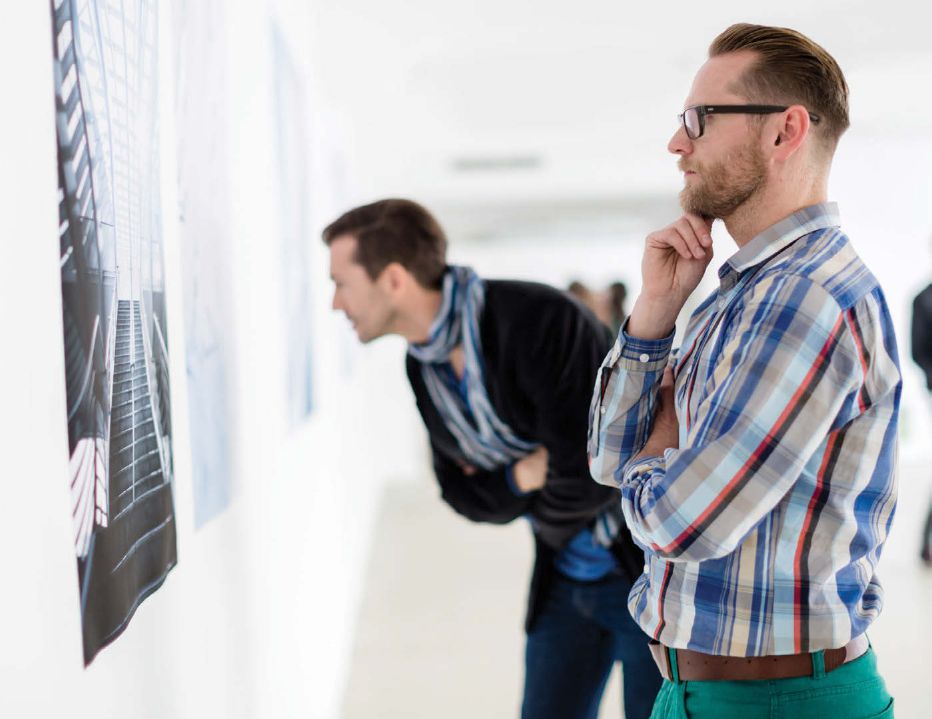 The guidelines are organized across areas of professional practice, allowing the document to be used by professionals and institutions of all kinds. Of note, the guidelines align with the existing 38 Characteristics of Excellence as enumerated in Standards and Best Practices for US Museums (2008, The AAM Press). This strategic alignment with the core standards positions the guidelines to be integrated into museum workflow and support a long-term goal for many of us on the task force—informing the AAM Continuum of Excellence. The task force identified and assembled descriptions of the practices that would support LGBTQ staff, visitors, and community members with as many of 38 standards as were relevant. They then took the additional step of cross-referencing these specific recommendations to functional areas of museum work where they were also relevant.
The guidelines are organized across areas of professional practice, allowing the document to be used by professionals and institutions of all kinds. Of note, the guidelines align with the existing 38 Characteristics of Excellence as enumerated in Standards and Best Practices for US Museums (2008, The AAM Press). This strategic alignment with the core standards positions the guidelines to be integrated into museum workflow and support a long-term goal for many of us on the task force—informing the AAM Continuum of Excellence. The task force identified and assembled descriptions of the practices that would support LGBTQ staff, visitors, and community members with as many of 38 standards as were relevant. They then took the additional step of cross-referencing these specific recommendations to functional areas of museum work where they were also relevant.
Applying the Welcoming Guidelines
The guidelines stress three main points of LGBTQ sensitivity and inclusion, outlined below. Examples of how museums can implement these best practices.
LGBTQ Inclusion is Purposeful and Strategic
Mission and Planning A museum’s mission guides activities and decisions by describing its purpose, as well as its accountability to the collections and the public. While the mission may not be LGBTQ-centric, it should demonstrate institutional awareness of a multifaceted public responsibility. Similarly, strategic planning produces a shared vision of how the museum will meet the needs of its audiences and communities. Such plans should be created with and relevant to LGBTQ people, communities, and interests. Strategic plans also should establish measurable goals and methods to evaluate the success of efforts to include LGBTQ and other minority communities.
Governance To operate effectively, a museum must have a well-functioning governing authority that has a strong working relationship with staff. The governing authority and museum leadership must reflect the diversity of the communities they serve and be accountable to those communities. Inclusion at the highest levels brings a lived experience and understanding of LGBTQ needs to the proverbial leadership table, making those needs more visible within the institution. This can be accomplished through recruiting LGBTQ senior staff or board members, or with the support of groups such as advisory boards, auxiliary groups, or community boards.
Museums Can Encourage LGBTQ Inclusion
Education Museum education enhances visitors’ ability to understand and appreciate the collections through exhibitions, programs, and experiences. Exploration of LGBTQ themes is encouraged, even if such subjects were previously hidden or sensitive. For example, if exhibition texts refer to artists’ family structures or romantic relationships, this information should be shared about both heteronormative and LGBTQ subjects. Likewise, programs should accommodate families of all compositions. Educators should identify and incorporate the perspectives and needs of LGBTQ communities, as well as evaluate the effectiveness of programs and activities in
meeting those needs.
Human Resources Human resources policies and functions condition a museum’s stance toward LGBTQ staff, contractors, vendors, and visitors. State and local laws continue to expose millions to discrimination on the basis of gender identity and sexual orientation. In too many locations, LGBTQ people have no reliable legal protections, and the protections that do exist remain at risk of being rolled back via legislative actions or legal challenges. Non-discrimination policies, benefits, trainings, and other practices are essential.
Museums Can Stop Discouraging LGBTQ Inclusion
Curatorial Decisions Social attitudes surrounding sexual identity and gender expression have evolved. Curatorial departments relying on the deliberate progress of academia, however, have generally been slow to reflect such shifts. The large and growing body of scholarship about LGBTQ people and experiences should be employed when developing collections and their interpretation. Curators should be guided by both intellectual freedom and close partnerships with LGBTQ scholars and communities.
Marketing and Development Marketing and development offices inform communities about museums’ missions and how to support them. By establishing relationships with LGBTQ individuals and organizations, museums have an opportunity to demonstrate their relevance to these audiences. Additionally, language and imagery in advertising, fundraising materials, and standard information gathering forms should accurately reflect LGBTQ people and interests. The way a museum defines “family” in membership and admission pricing, for example, can send clear signals to the LGBTQ community that may affect visitation and donations. Sensitive and appropriate policies should be crafted for addressing LGBTQ issues.
The Welcoming Guidelines in Practice…Today and Tomorrow
These examples and others outlined in the guidelines can help identify ways to consider LGBTQ best practices in internal and external museum operations. Now we need to help museums actually implement LGBTQ-inclusive practices.
How are institutions taking this step? At the 2017 AAM Annual Meeting & MuseumExpo, LGBTQ Alliance members participated in a lively session titled “Welcoming LGBTQ Communities: Real Strategies in Action”. Presenters discussed actions their museums and other institutions have taken, their museums’ catalysts and champions for change, their real or perceived challenges, and responses from their communities. For example The Chrysler Museum of Art worked with Equality Virginia to sponsor an employee and docent training on inclusivity; the museum also conducted a gallery talk exploring LGBTQ themes in art, as represented by the collection. Staff at the California Academy of Sciences collaborated with the city’s Pride events, which inspired the formation of an LGBTQ employee group; the group approached leadership, which offered support through an open door program and promotion of diversity strategic initiatives. The Chicago Children’s Museum‘s LGBTQ inclusion chair developed a two-page handout, 10 Easy ways to be More LGBTQ-Friendly. The Museum of the Shenandoah Valley conducted a series of community meetings, at which participants expressed a desire to know more about the lives of the late benefactor. New exhibits at the historic Glen Burnie House directly interpret the sexuality of the gay couple that restored the home.
The guidelines have received support from AAM leadership, and other museum groups are seeking to apply best practices specific to their communities, including the AAM Diversity Committee and the AAM Latino Network. A Spanish translation was completed in spring 2017, and the Canadian Museums Association invited the LGBTQ Alliance to present the guidelines at its 2017 national conference. A French translation is also in process. As we gather feedback, the guidelines especially in terms of improving their usability in their institutions. Reach out to the LGBTQ Alliance by e-mailing Michael Lesperance at mike@thedesignminds.com.
Barbara Cohen-Stratyner, writes for outside the museum blog. Michael Lesperance is principal, The Design Minds, Inc., and chair of the LGBTQ Alliance, an AAM professional network. Renae Youngs is director of research and evaluation at the Minnesota State Arts Board. Parts of this article are derived from “LGBTQ Welcoming Guidelines for Museums: Developing a Resource for the Museum Field,” in Museums & Social Issues: A Journal of Reflective Discourse 11:2 (2016), copyright Taylor & Francis: tandfonline. com/doi/full/10.1080/15596893.2016.1217460. The authors would like to thank the following contributors: W. James Burns, director, Center for Creative Photography, University of Arizona Museum of Art; Annette Gavigan, exhibits registrar, California Academy of Sciences; Paul Hammond, director, March Field Air Museum; Jaden Hansen, president, Museum of Minneapolis; Christopher Leitch, community relations coordinator, Johnson County Library.
